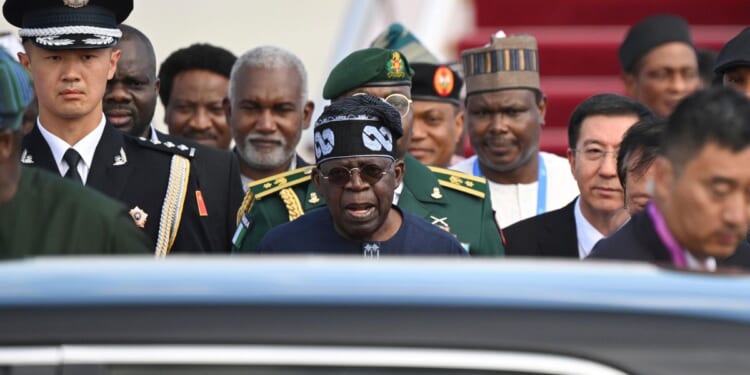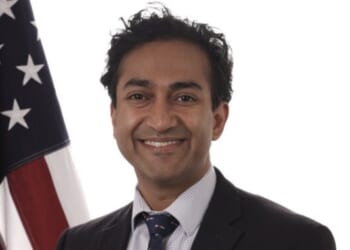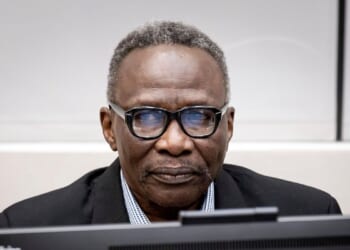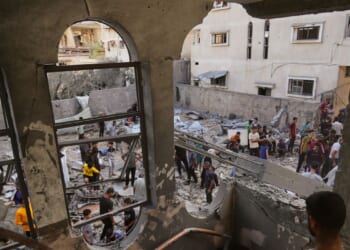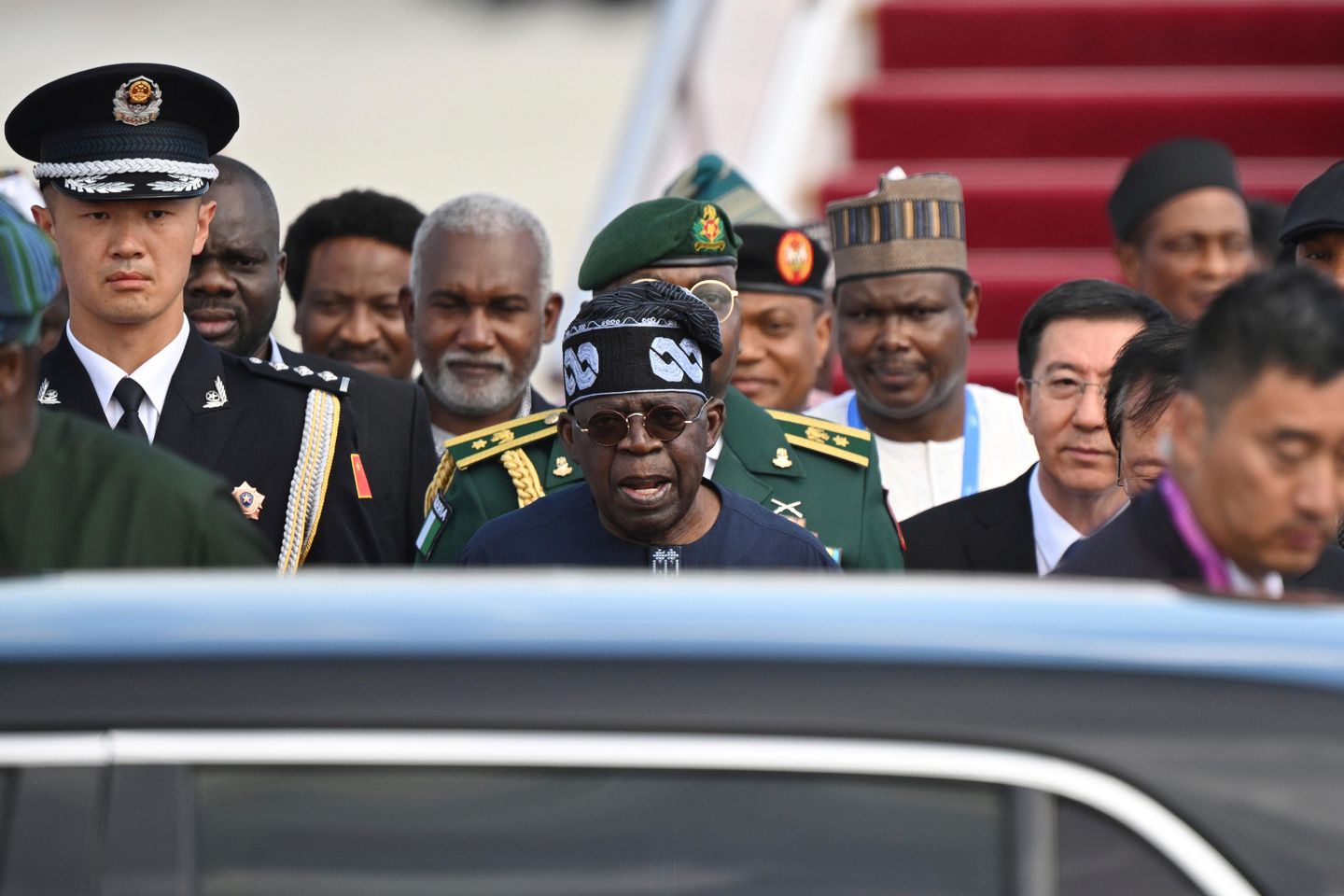
President Trump’s surprise threat to launch strikes in Nigeria has thrust back into the spotlight this often-overlooked reality: Africa is one of the most active international hot spots for the U.S. military.
The continent has become what the United Nations describes as “the epicenter of global terrorism,” supplanting the Middle East as the world’s top breeding ground for Islamic extremism that threatens the U.S., its interests abroad and its allies. More than 3,400 terrorist attacks were reported on the continent last year, resulting in nearly 14,000 deaths.
Even with its modest footprint of about 6,500 troops across Africa, the U.S. is actively targeting terrorist groups there.
This year alone, the U.S. has conducted at least 89 strikes against alleged terrorist groups such as al-Shabab and the Islamic State in Somalia, according to figures from U.S. Africa Command.
The 6,500 troops, AFRICOM said, are deployed “across the continent.” About 3,500 are based at Camp Lemonnier in Djibouti. AFRICOM officials would not disclose the location of the rest of the troops because of security concerns.
Some analysts say the overall mission lacks a clear objective and that the U.S. commitment on the continent is insufficient to address a rapidly growing problem.
It’s also unclear whether American counterterrorism missions have specific metrics for success or tangible goals. The office of Defense Secretary Pete Hegseth did not respond to requests for comment from The Washington Times seeking clarity on those goals and objectives.
Some analysts warn that the Trump administration isn’t doing enough and that some partner forces in Africa have doubts about America’s long-term commitment to truly confront the terrorist threats.
“Our doctrine is a fusion of treating sucking chest wounds with Band-Aids combined with Wack-a-Mole. Our presence is few and far between. We lack staying power. When I was in Somalia, people asked me repeatedly if we’d cut a separate deal with al-Shabab the way we did with the Taliban,” said former Defense Department official Michael Rubin, now a senior fellow at the American Enterprise Institute.
“Our goal should be preventing vacuums of power because when they exist, if we fail to act, it won’t be the forces of altruism that will naturally fill them,” Mr. Rubin told The Washington Times. “The problem we need to recognize is that the same thing that attracts Trump to places like the Democratic Republic of the Congo — vast reserves of minerals and metals — also attracts groups like the Islamic State.”
It’s against that backdrop that Mr. Trump raised the idea of U.S. military action in Nigeria. The president said recently that he had asked U.S. military planners to prepare for possible action in Nigeria after a surge of brutal attacks on Christians blamed on Fulani extremists and Islamist insurgents.
“We’re going to do things to Nigeria that Nigeria is not going to be happy about,” the president said. “And may very well go into that now-disgraced country guns-a-blazing to completely wipe out the Islamic terrorists who are committing these horrible, horrible atrocities.”
Mr. Trump added Nigeria to a U.S. watch list as a “country of particular concern.” He cited statistics showing more Christians being killed there — 3,100 last year — than anywhere else in the world.
The 3,100 figure represents nearly 70% of Christians killed worldwide, according to the international watchdog group Open Doors.
A surge in violence
Strikes in Nigeria would mark a significant escalation in U.S. military engagement in Africa. Mr. Trump stressed that any action would be “fast” and “vicious” rather than a prolonged campaign.
The U.S. has conducted other military actions in Nigeria in recent years. In 2020, U.S. forces mounted a mission to rescue Philip Walton, an American who was kidnapped by a group of armed men in Niger and subsequently moved across the border to Nigeria.
The U.S. had about 1,000 troops based at two key drone bases in Niger, but the U.S. withdrew from those bases last year at the request of the country’s ruling military junta.
The U.S. has been regularly targeting al-Shabab, an al Qaeda affiliate, and ISIS-affiliated outfits in Somalia.
American forces partner with what by most accounts is a weak central government in Mogadishu that lacks the resources on its own to confront the terrorist groups.
The past U.S. position has been that it would eventually fully turn over the counterterrorism mission to the Somali government, although it’s unclear whether this remains American policy.
The terrorist threat is by no means confined to Somalia, which lies along the Horn of Africa on the continent’s eastern coast.
Africa’s Sahel region, which includes parts of Niger, Mali and Burkina Faso, has become one of the world’s most fertile breeding grounds for ISIS, al Qaeda, Jama’at Nusrat al-Islam wal Muslimeen and other extremist groups.
A series of coups in several Sahel nations has added further instability and chaos, opening the door for these groups to expand their influence and attract recruits.
The Sahel is now the site of more than half of global terrorism-related deaths each year, according to the United Nations, with 6,000 such deaths each year for the past three years. Burkina Faso is now the world’s No. 1 country for terrorism-related deaths.
Though the Sahel is the most deadly region, terrorist groups are expanding their reach across Africa. Violent terrorist attacks in West Africa have surged more than 250% in the past years, U.N. data shows. Al Qaeda and ISIS are active in West Africa, international organizations say. Groups such as the Allied Democratic Forces in Congo and Ahlu Sunna Wal Jama in Mozambique, among others, are fueling the violence.
“Terrorism is the most significant threat to peace, security and sustainable development across the African continent today,” Amina J. Mohammed, deputy secretary-general of the United Nations, said in a speech earlier this year.
• Joseph Hammond contributed to this report.

